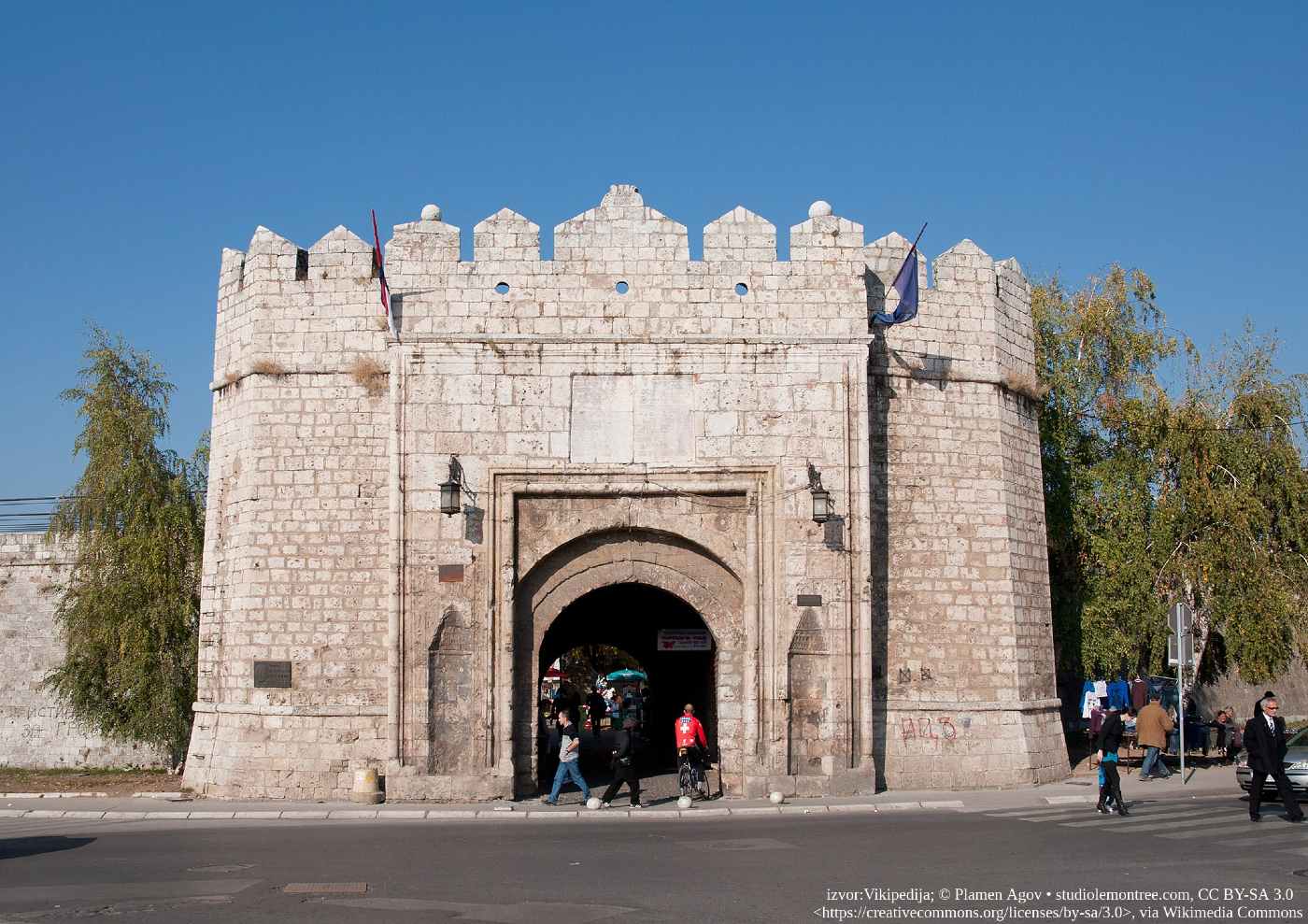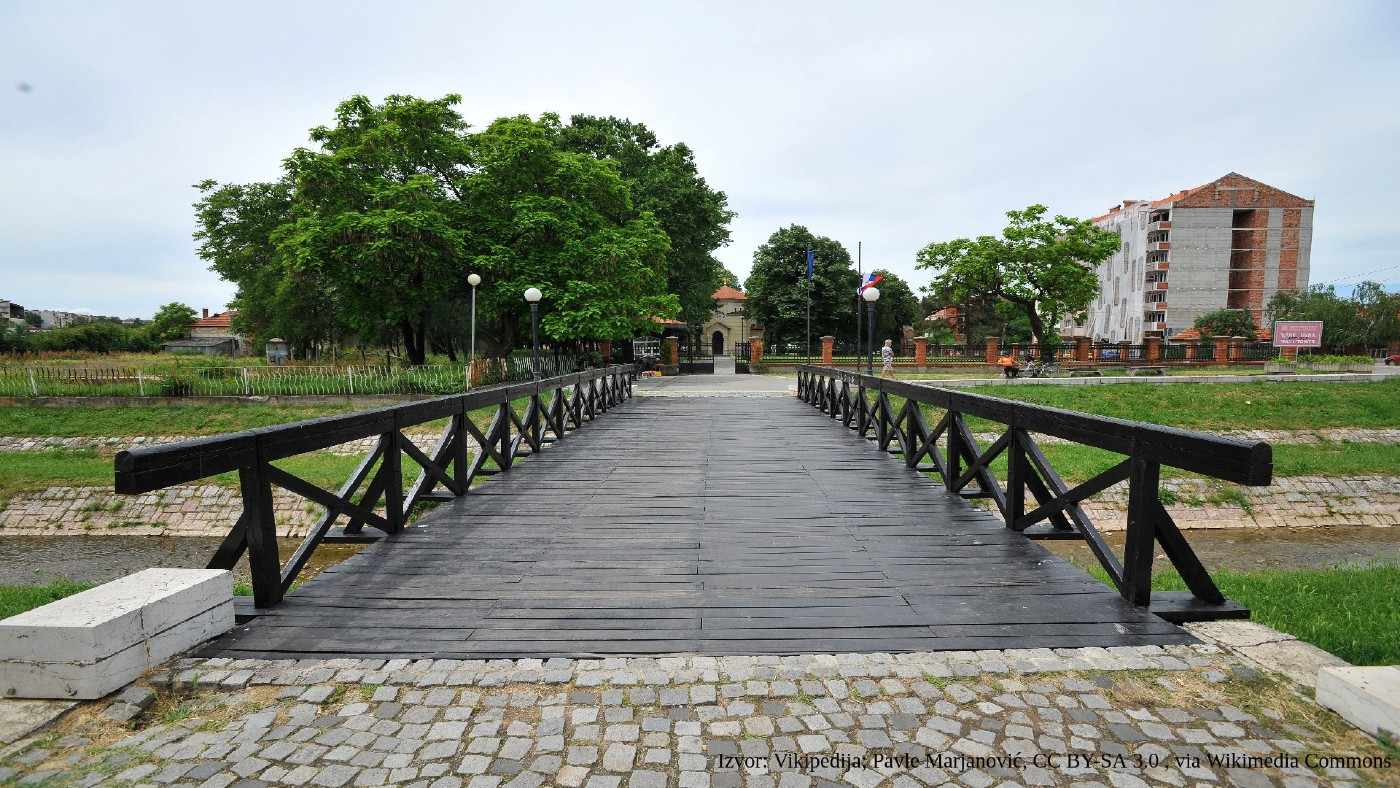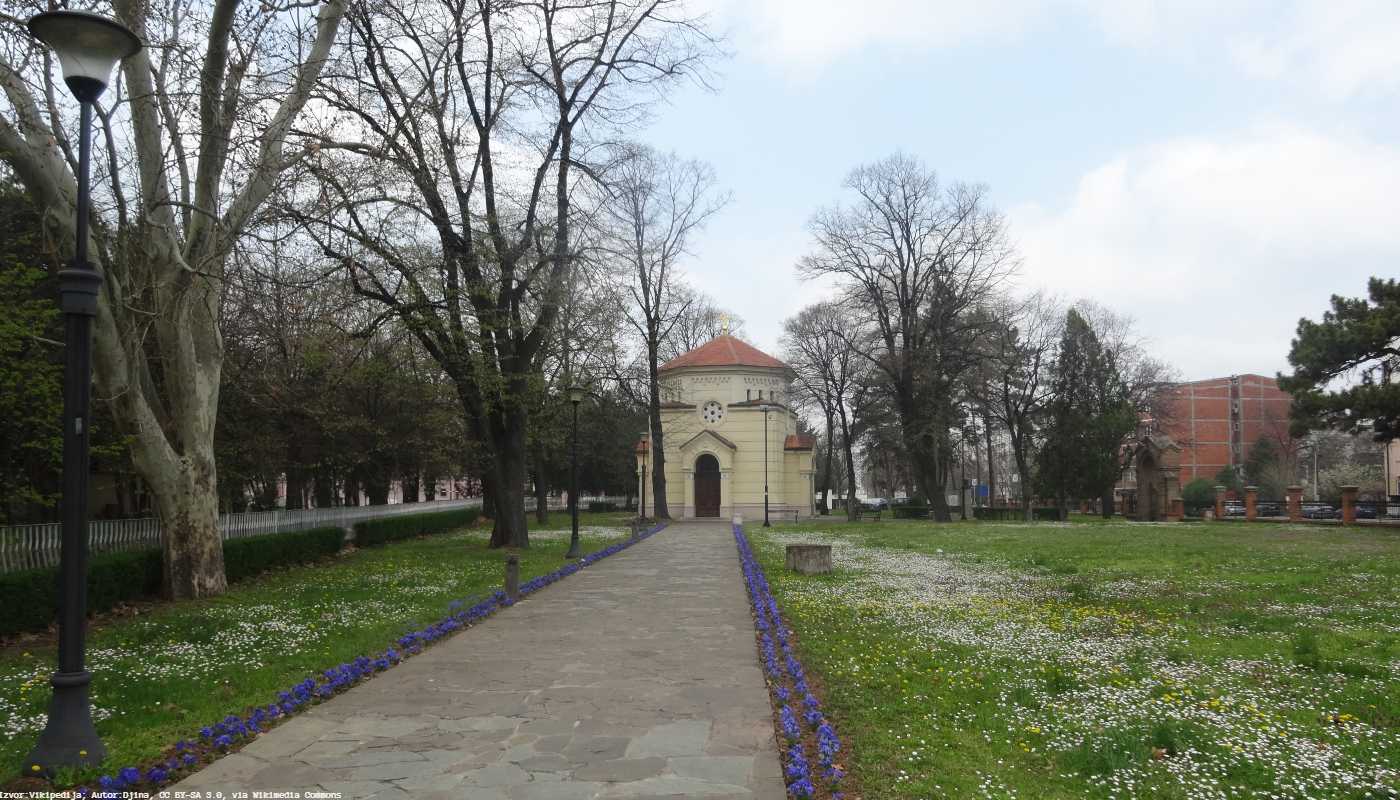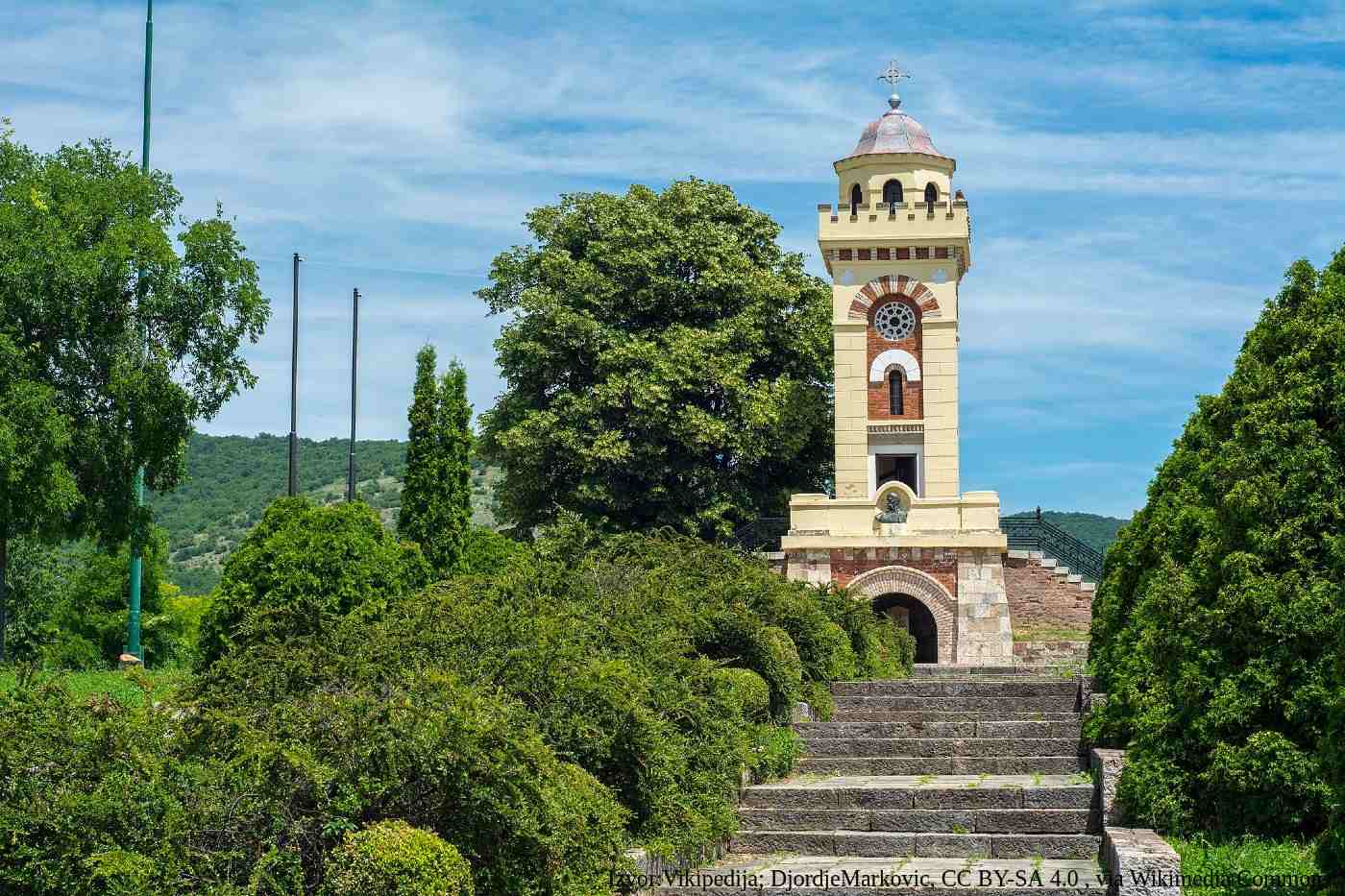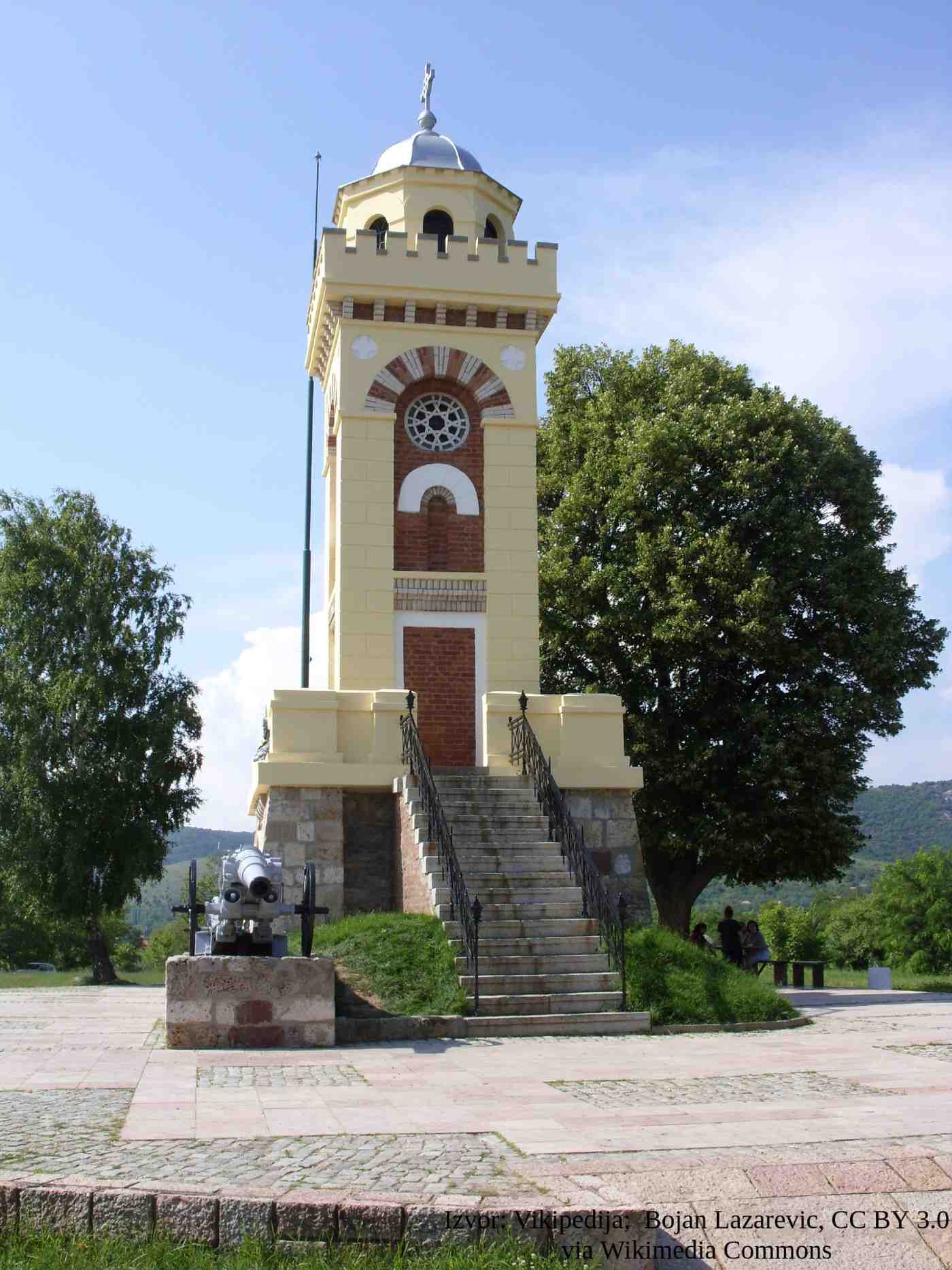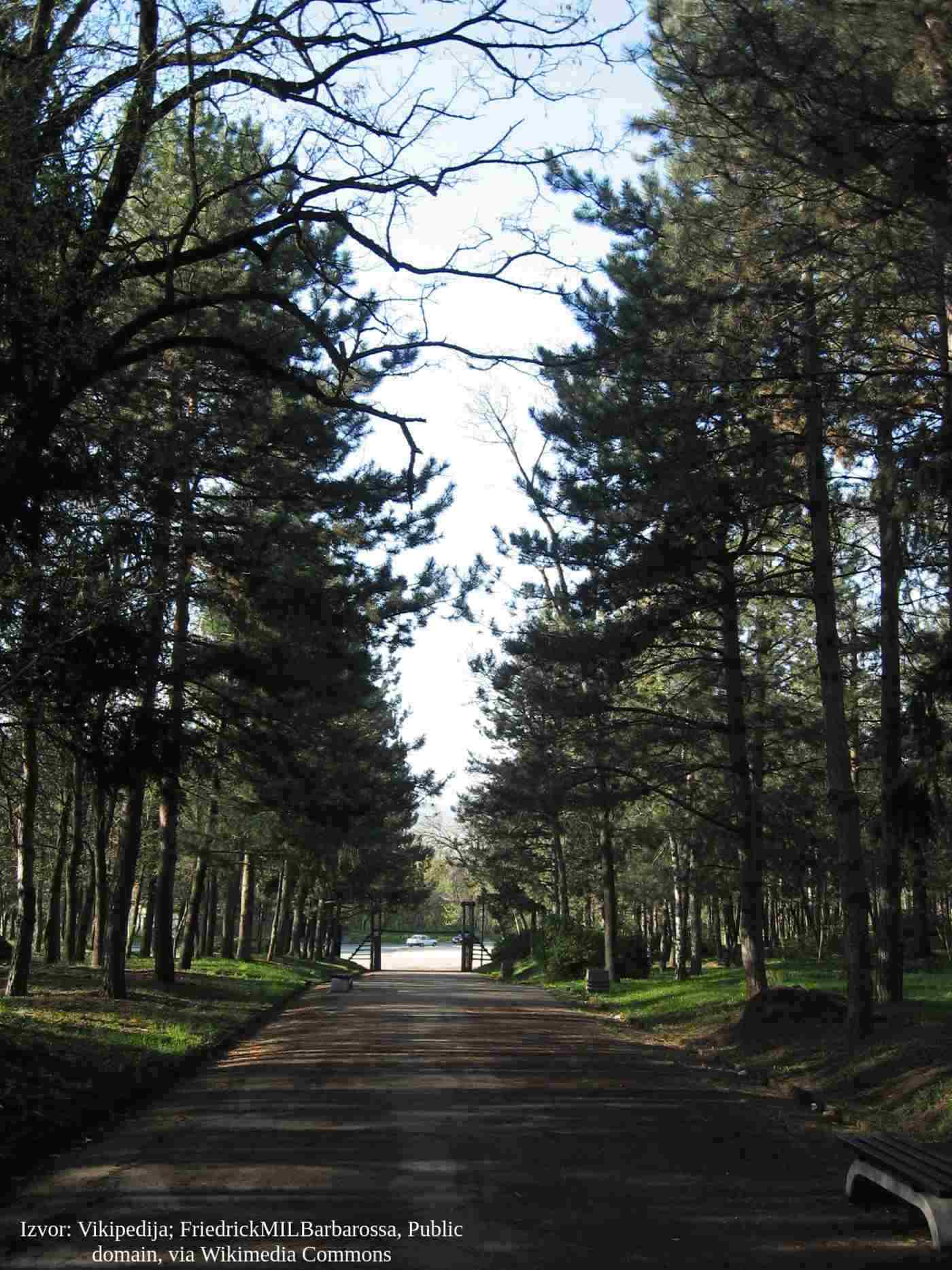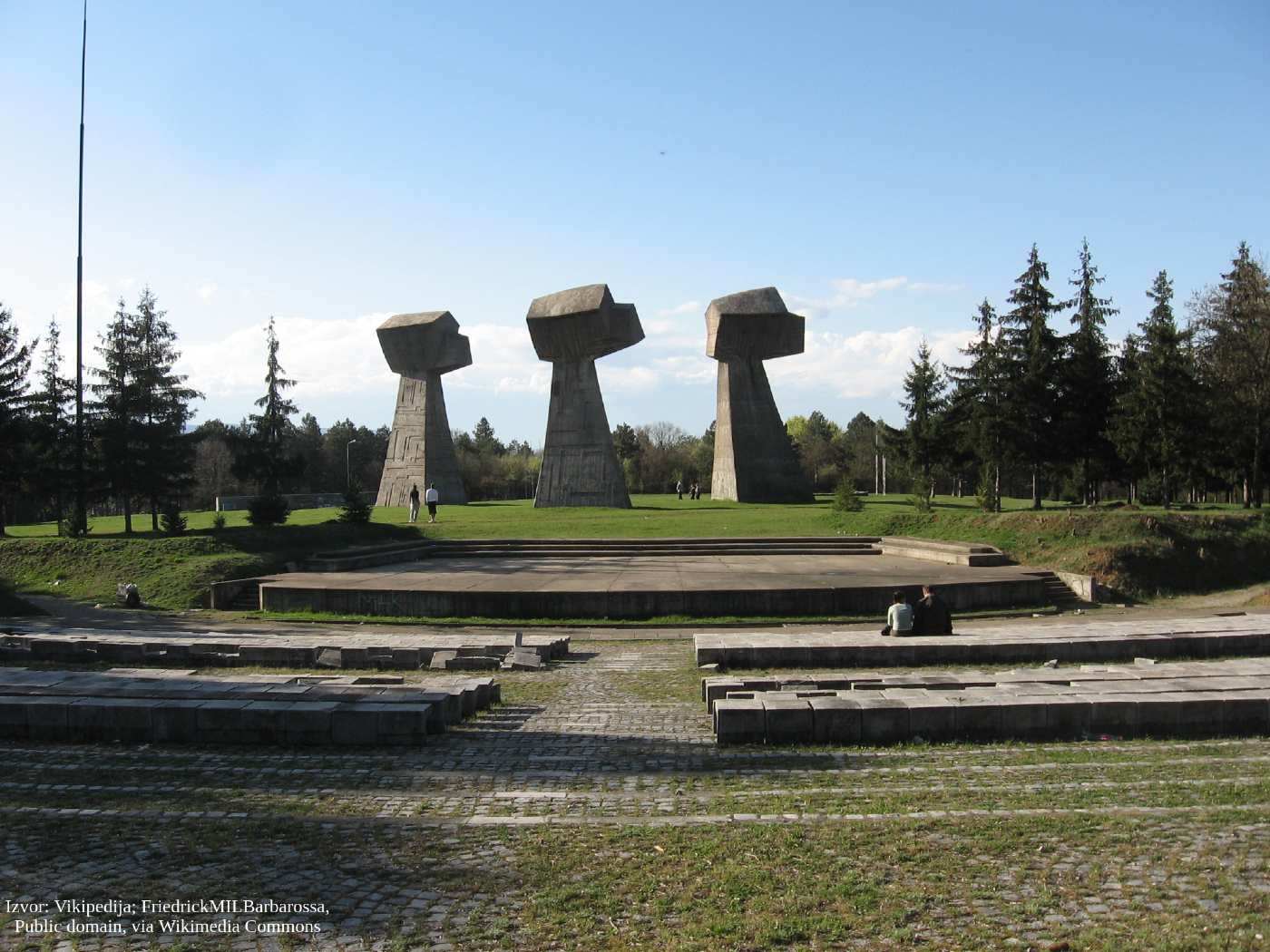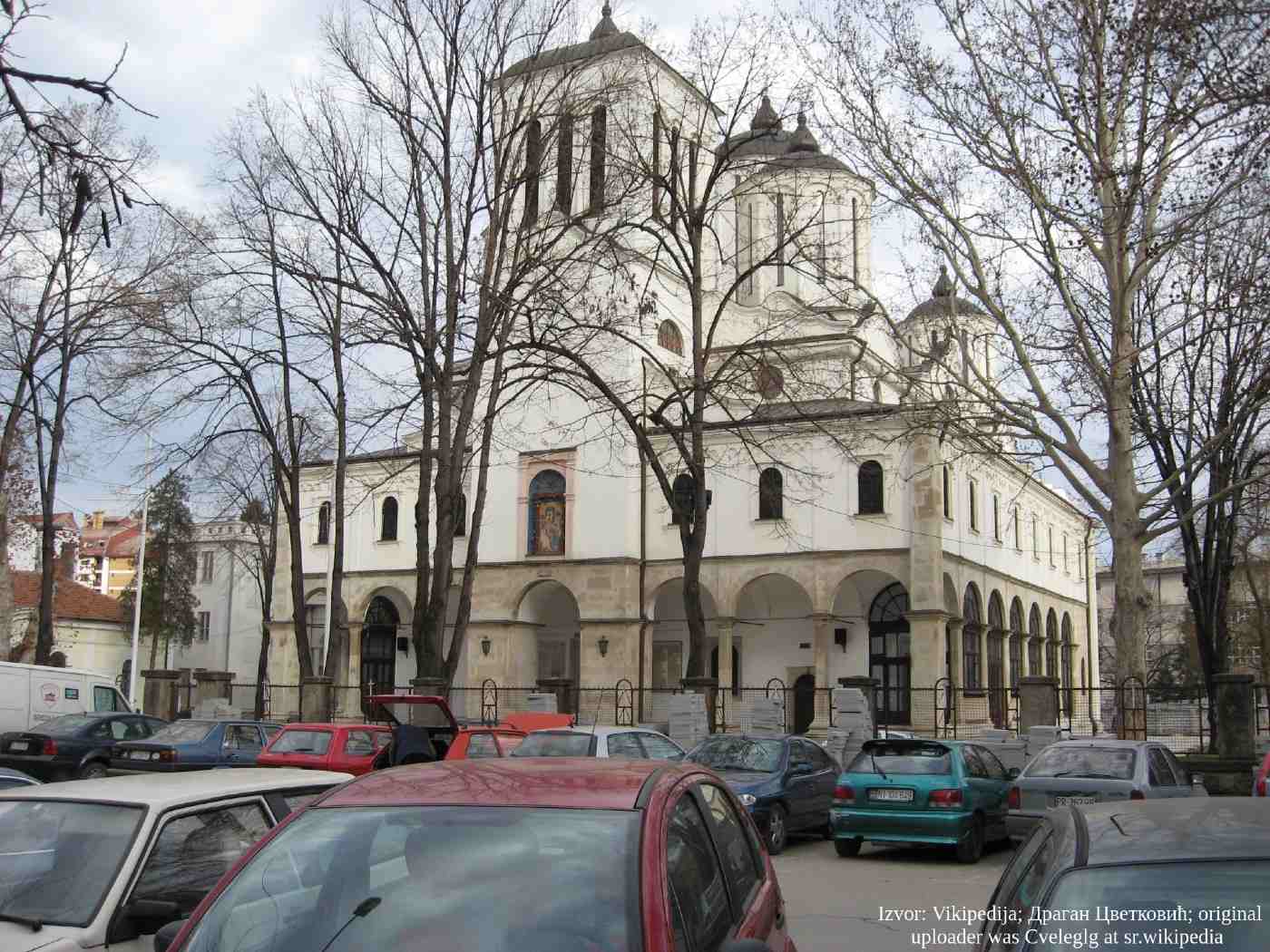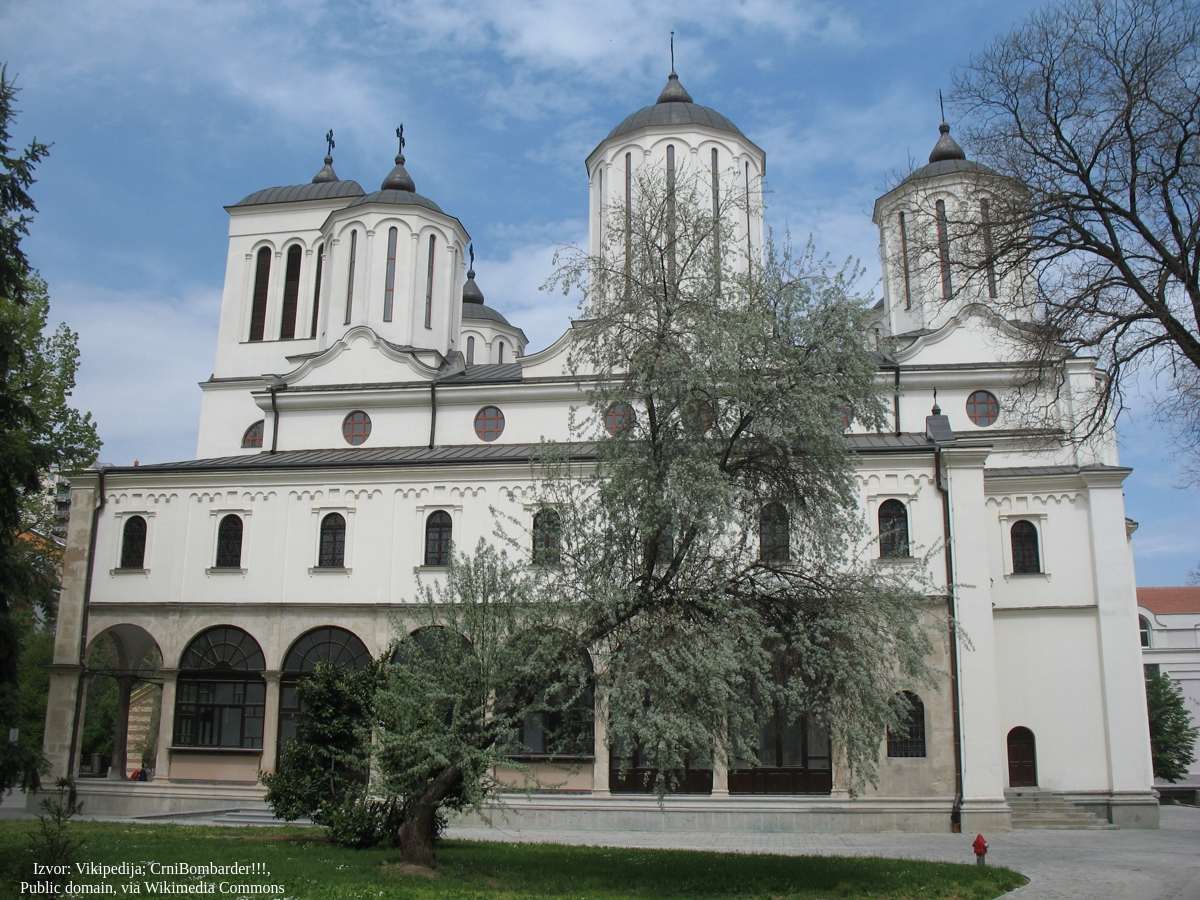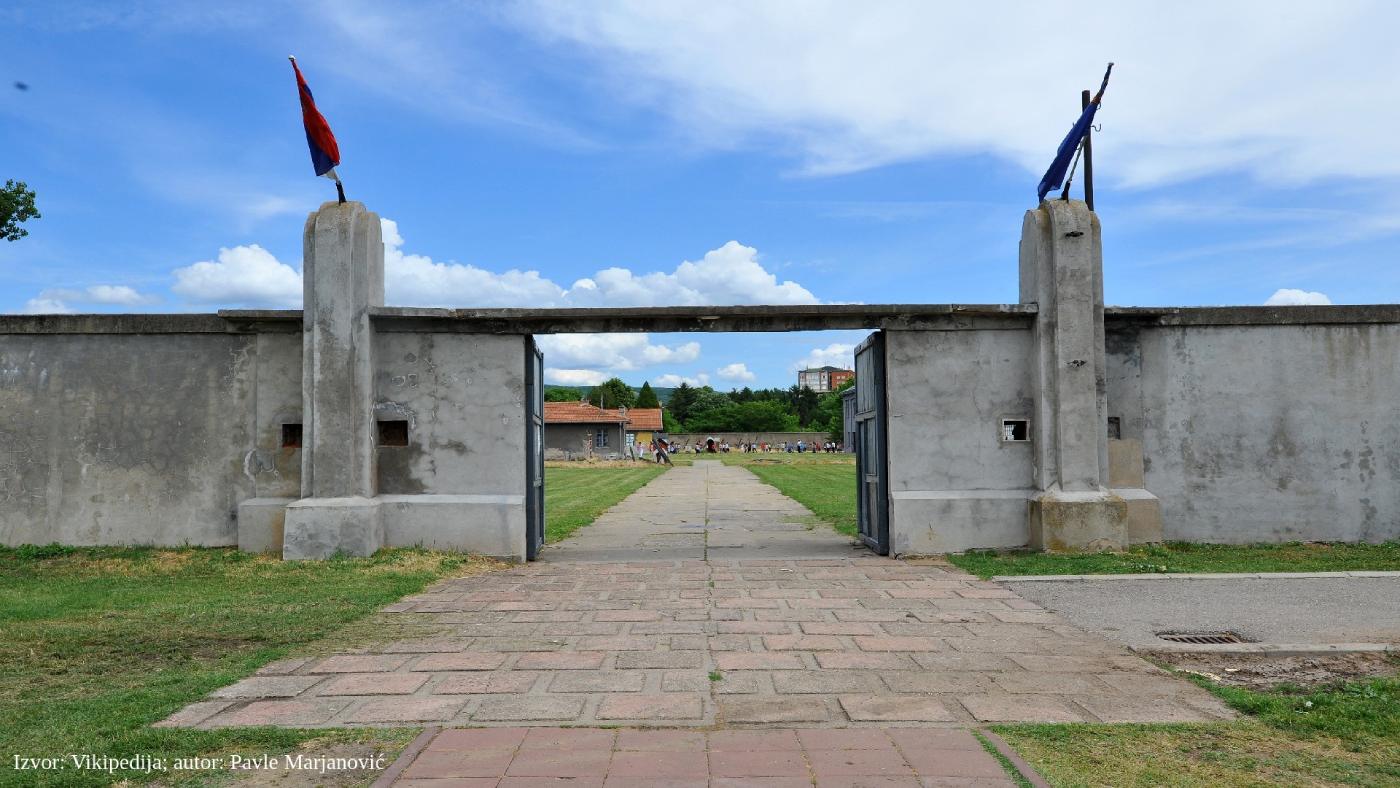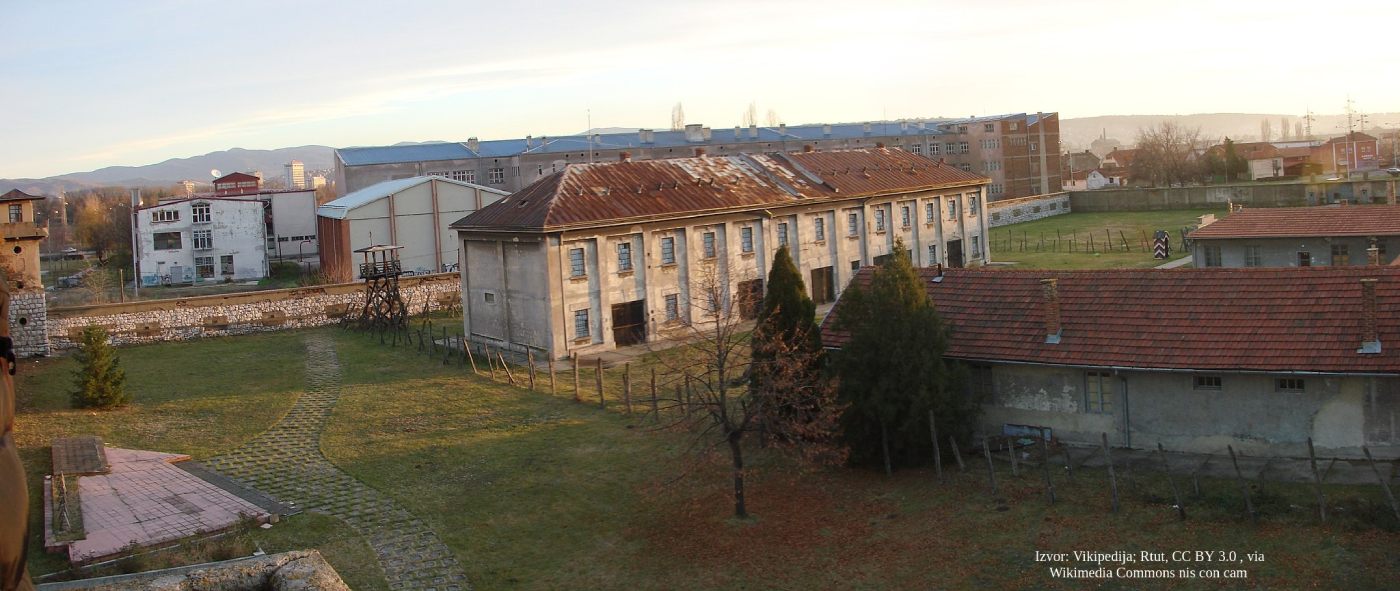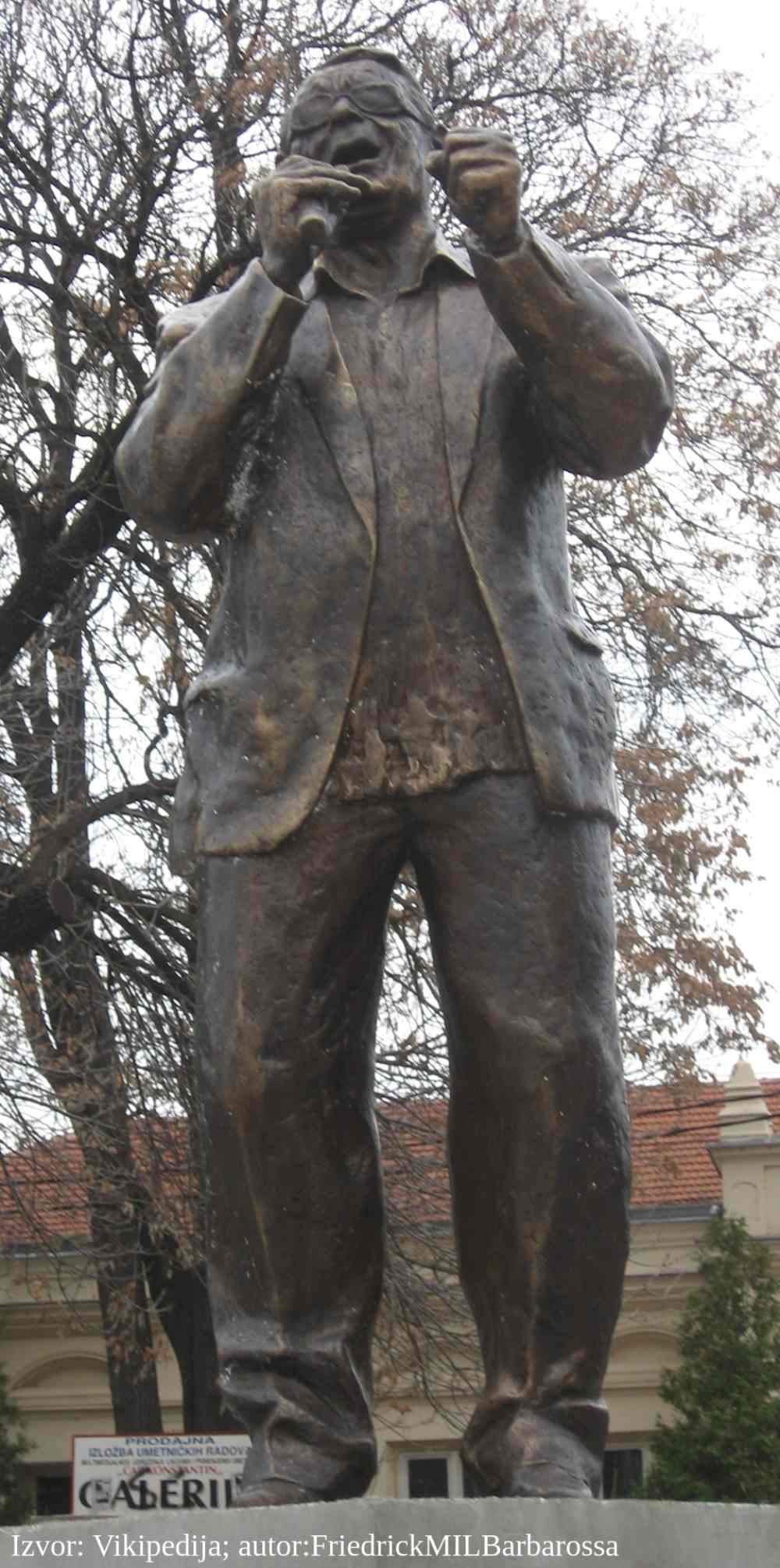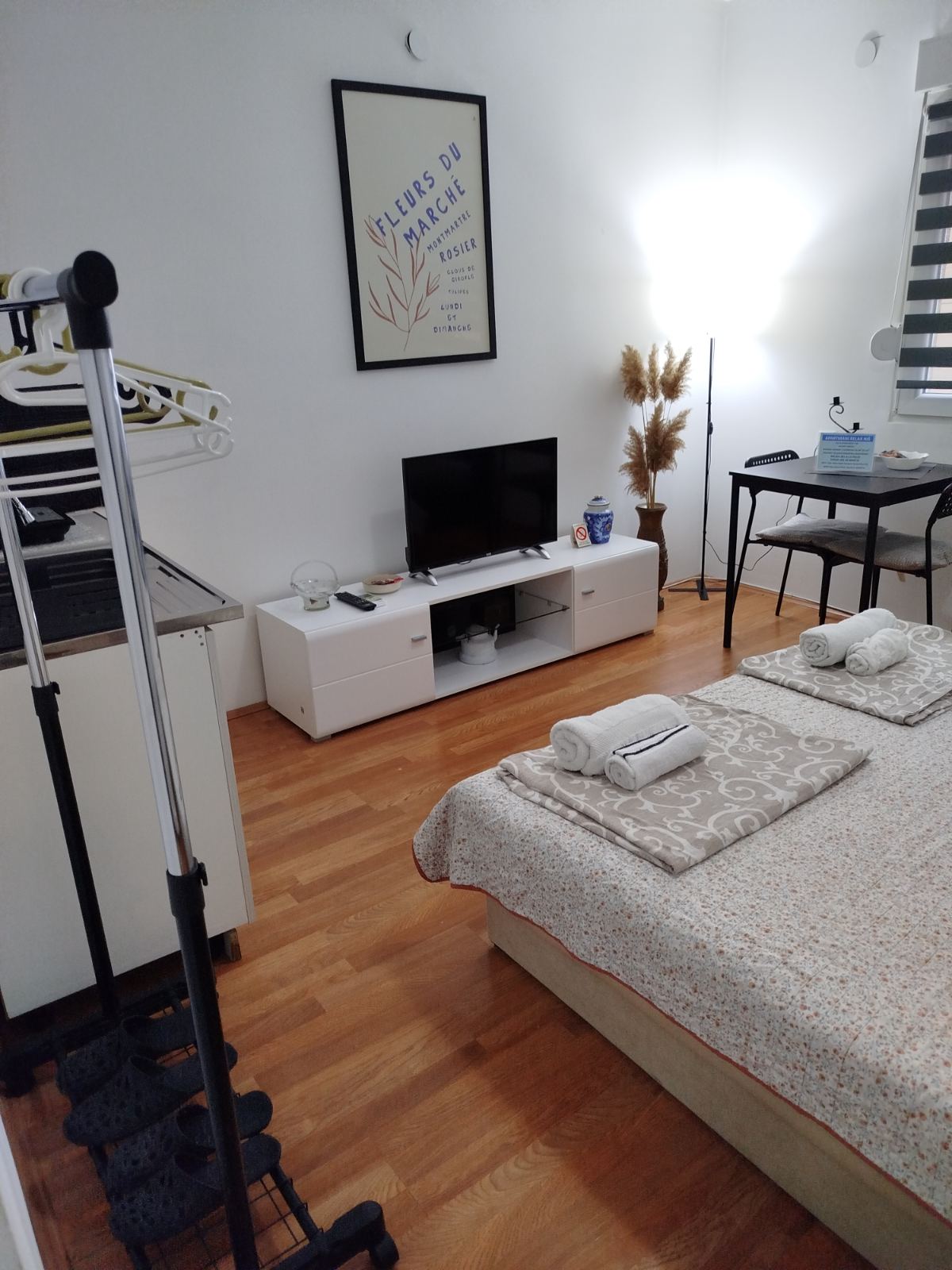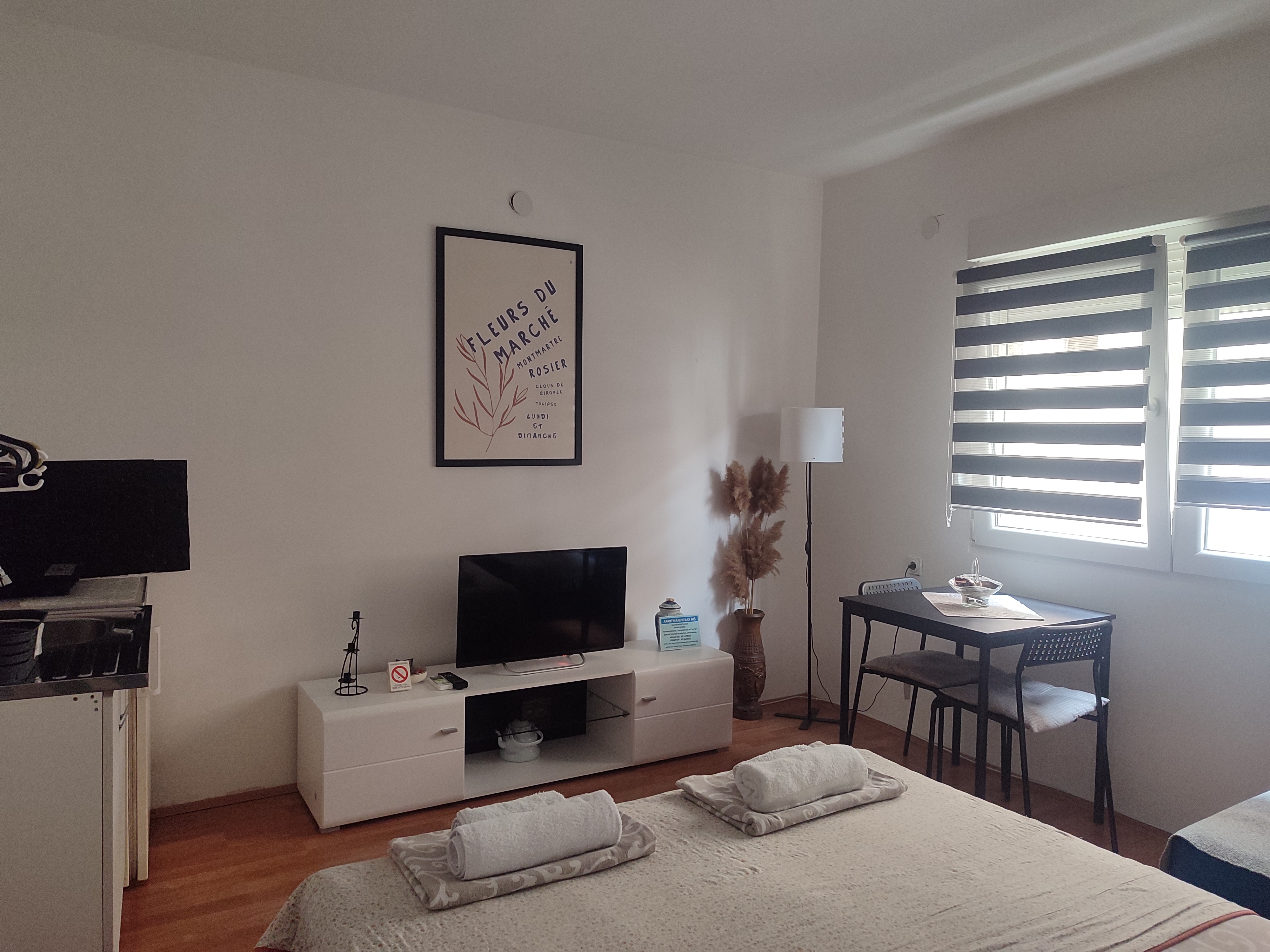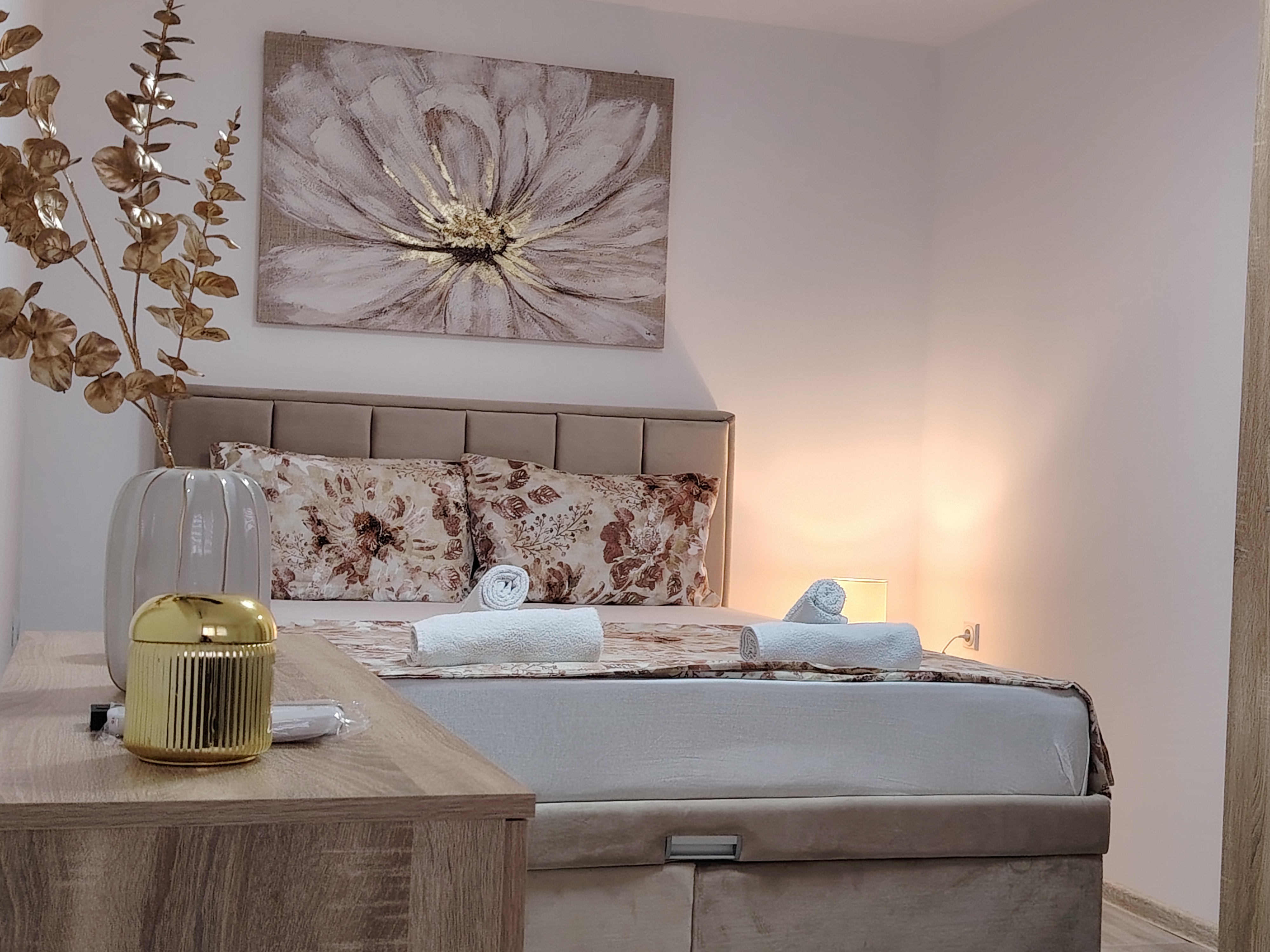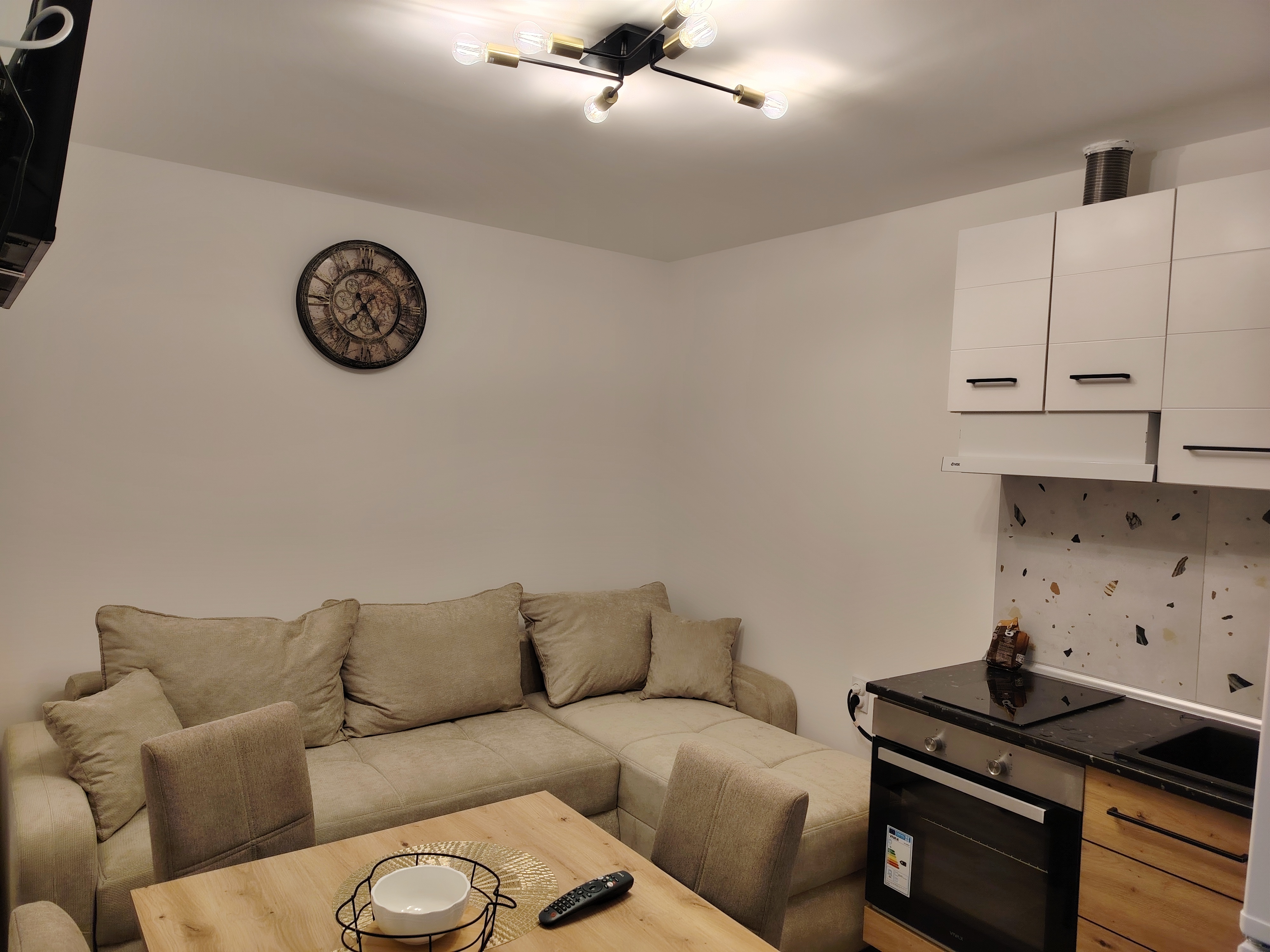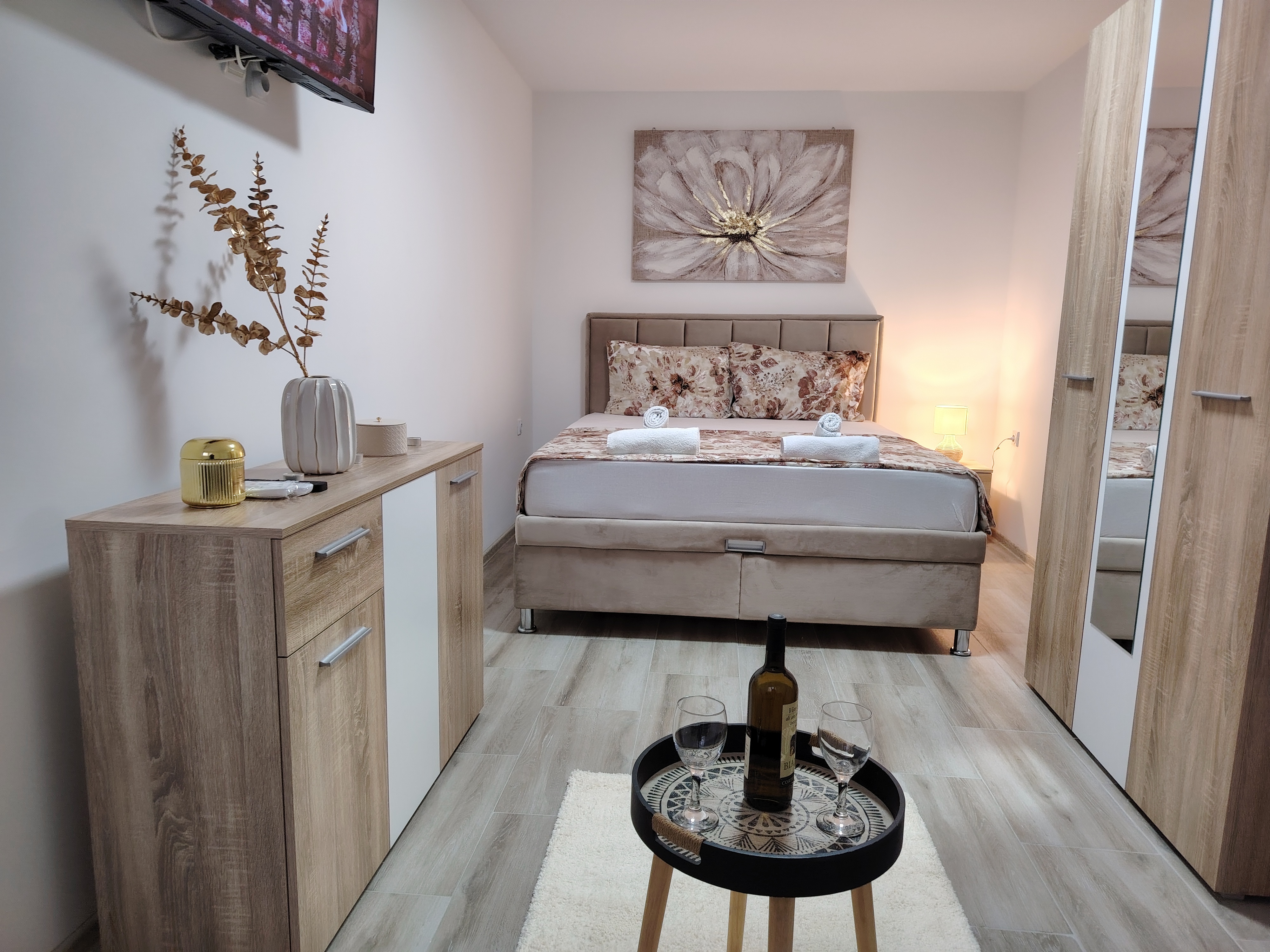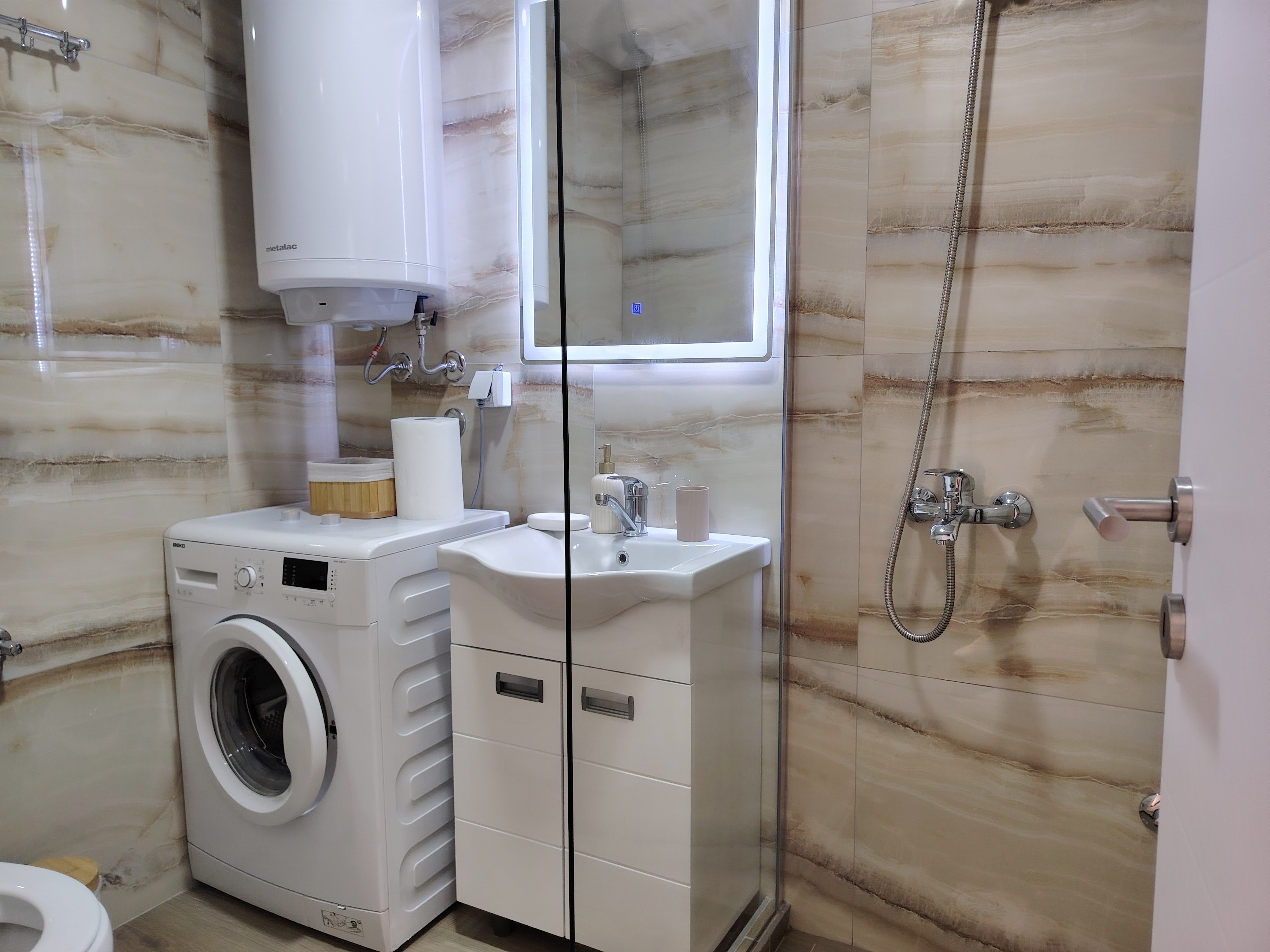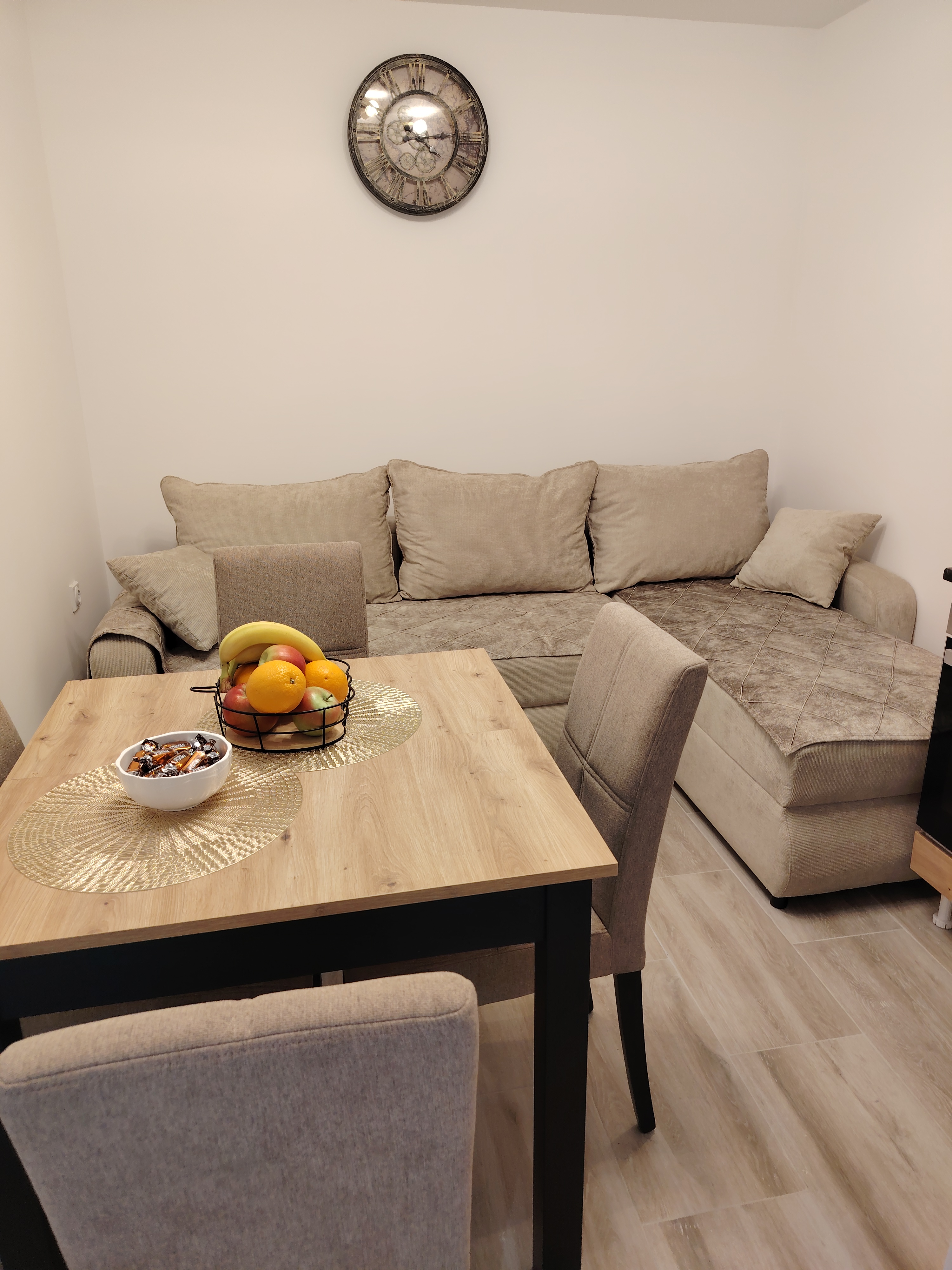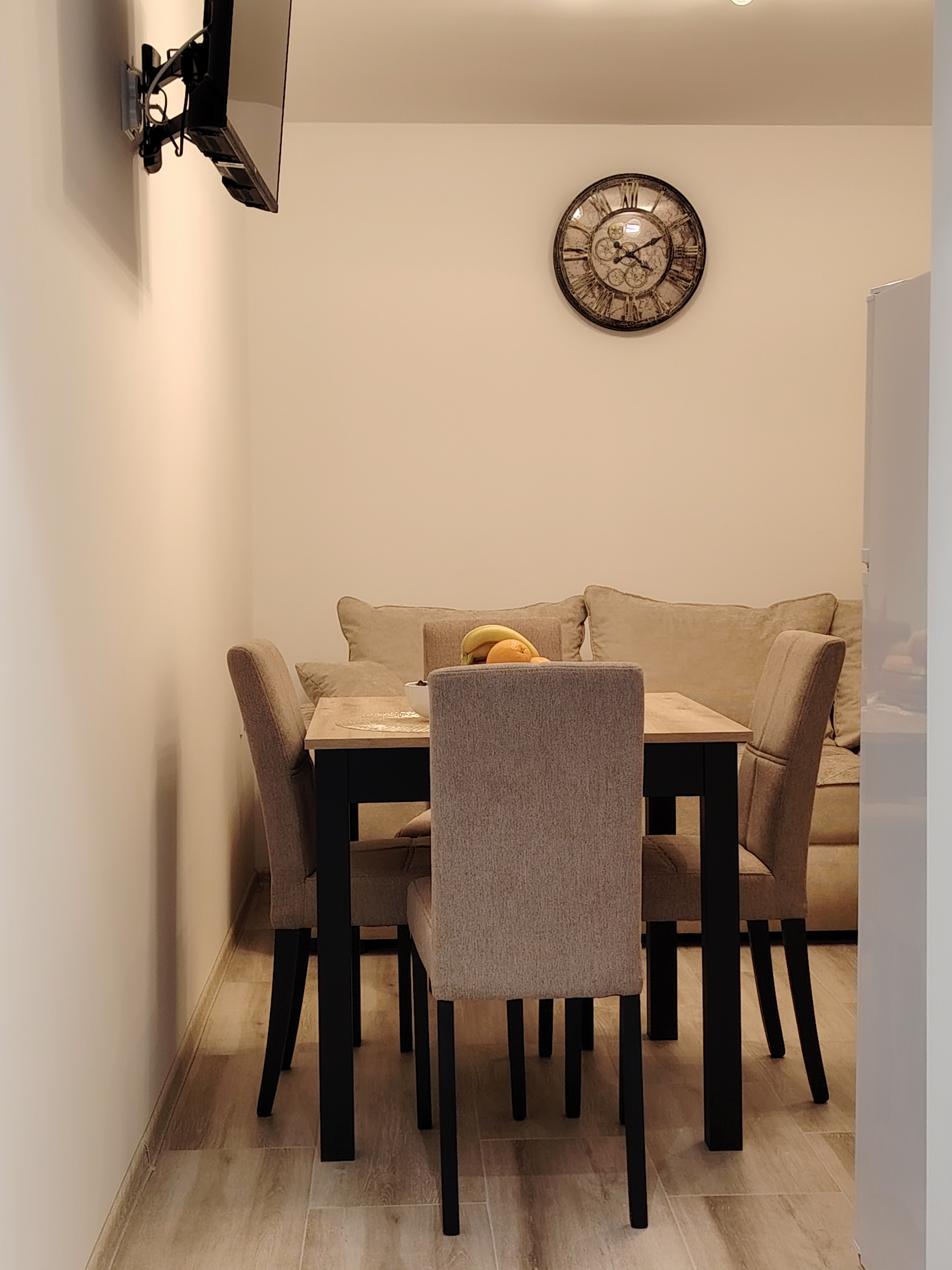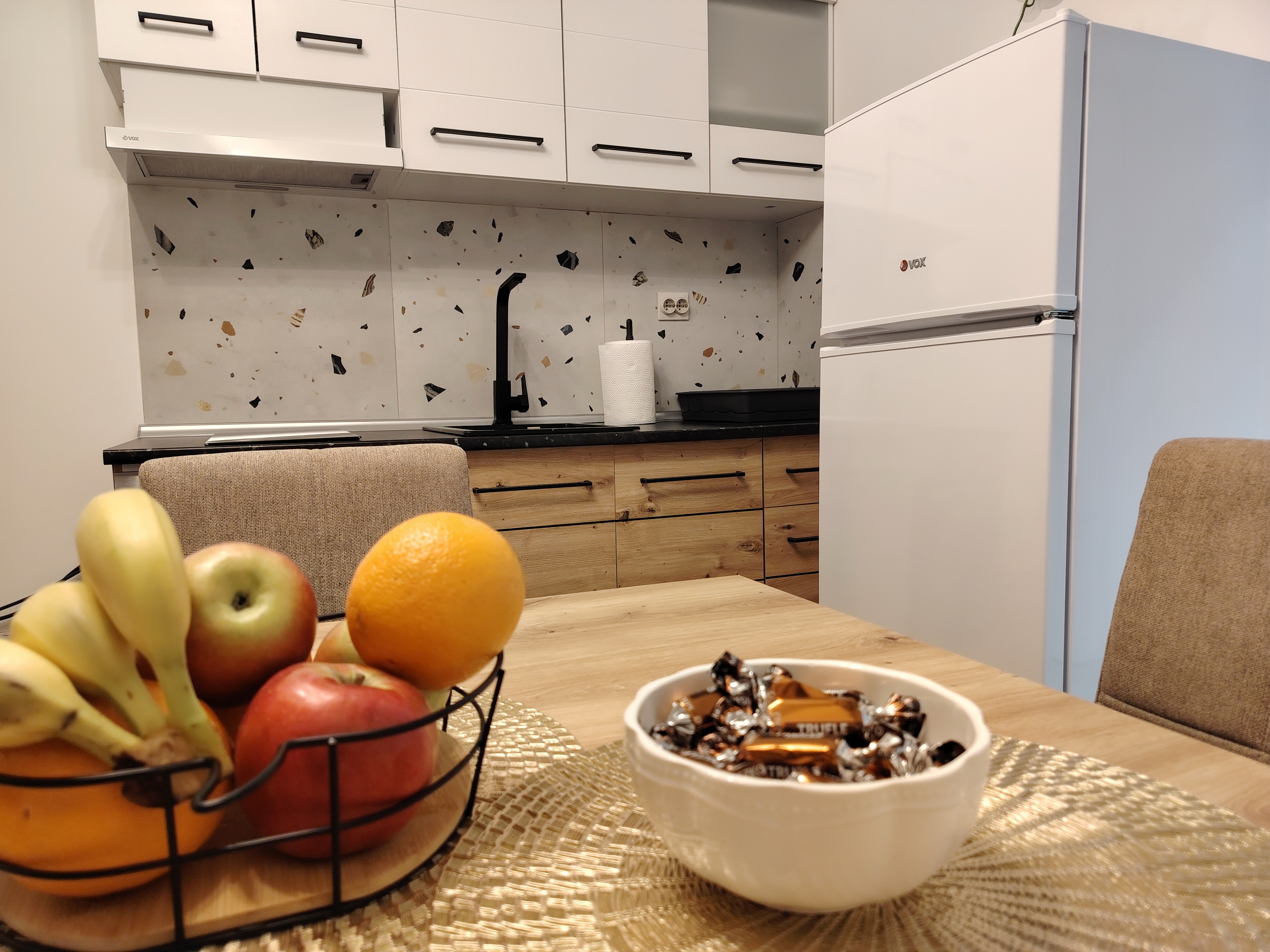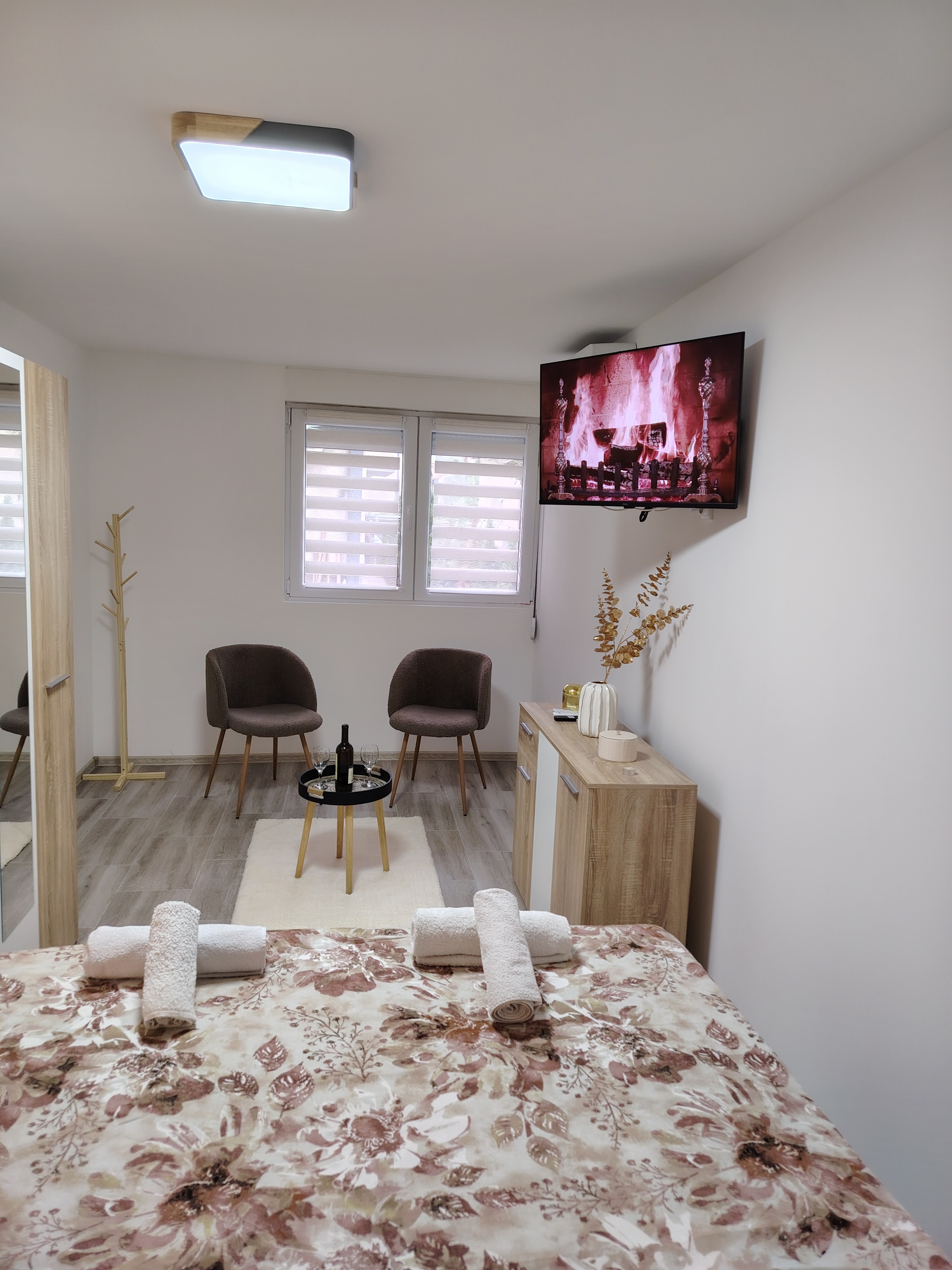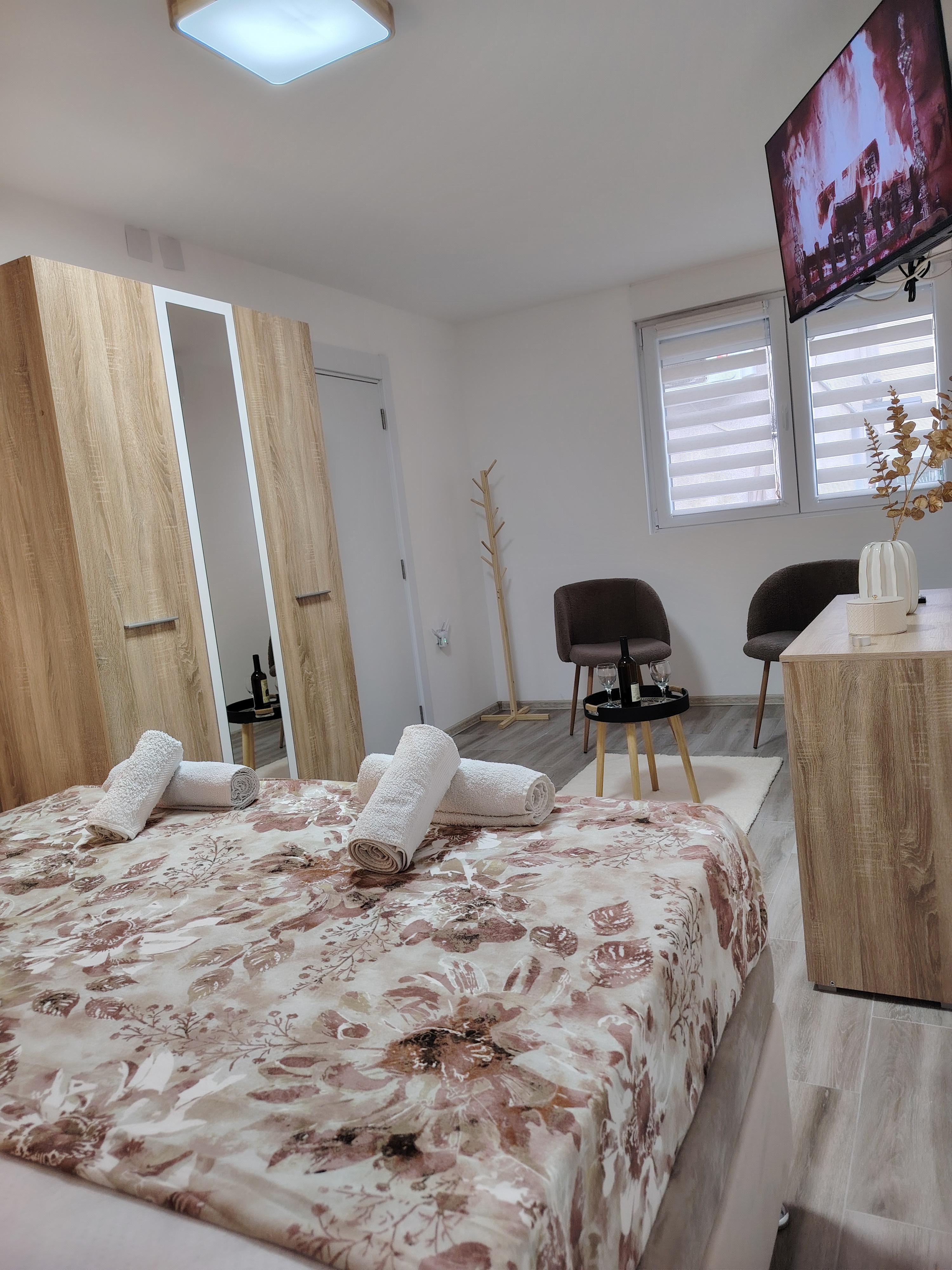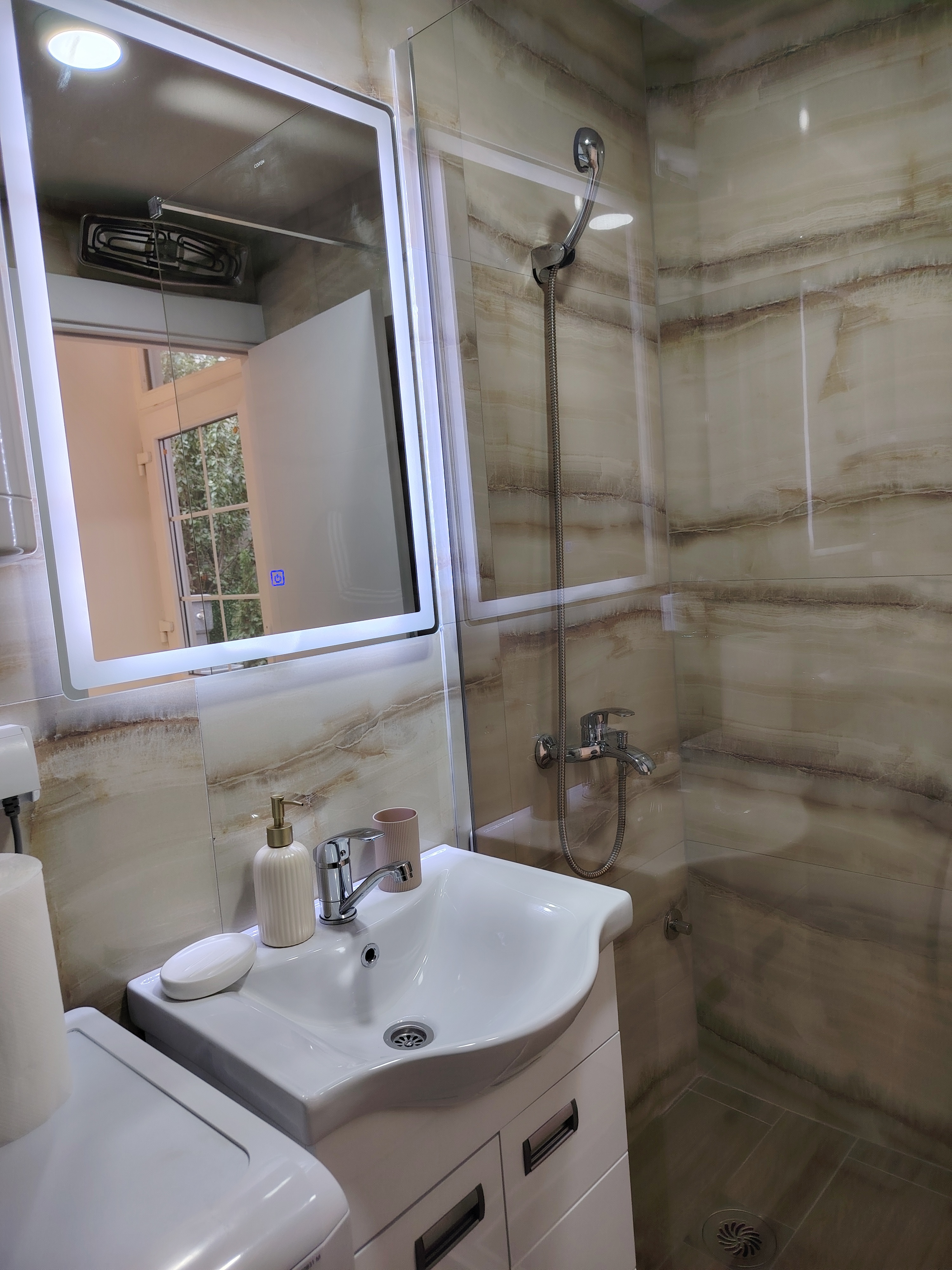Manastir Svetog Jovana
Share this attraction
Back

Manastir Svetog Jovana
Nis
Monastery of St. Jovan - the most important information
It is assumed that the monastery was built in the 11th century, but exact data on the time of construction is not available. It’s located near the village of Gornji Matejevac 10km outside Nis, between the hills Beli Vrh and Temeni Vrh. When it was in its neglected condition it was noted in the censuses conducted by the Turks in 1498, 1516, and 1564. Legends testify about 12 monks who lived in the monastery during the Turkish slavery, where they were educators, beekeepers and were engaged in copying liturgical books. After only the local priests took care of the monastery for a long time, in the 90s it came back to life and today it is a men's monastery.
History of Monastery of St. Jovan
At the place where the monastery was built was a pagan and Christian sanctuary in the period of antiquity. The monastery church is a three-story building with a small narthex on the west side. The vault of the church rests on side arches reinforced with large pilasters. The floor of the church is paved with carved stone slabs. The first renovation of the building was done at the end of the 16th century, while a part of the iconostasis was drawn at the beginning of the 17th century.
During the time of Metropolitan Kalinik (1835) windows, facades, floor surfaces and the portal were renovated. In 1869, the traveling painting association painted a new iconostasis that exudes the spirit of that time. At that time, 46 icons were painted and a carved iconostasis with plant ornaments was made. In the church is a icon of St. Jovan for which is thought to have a healing effect. After the liberation in 1878, King Milan Obrenovic built a konak in the monastery and on that occasion brought a bell cast in Vrsac as a gift. Russian nuns who fled during the October Revolution founded a school for the blind in the Monastery of St. Jovan.
Significance of the Monastery of St. Jovan
History of Monastery of St. Jovan
At the place where the monastery was built was a pagan and Christian sanctuary in the period of antiquity. The monastery church is a three-story building with a small narthex on the west side. The vault of the church rests on side arches reinforced with large pilasters. The floor of the church is paved with carved stone slabs. The first renovation of the building was done at the end of the 16th century, while a part of the iconostasis was drawn at the beginning of the 17th century.
During the time of Metropolitan Kalinik (1835) windows, facades, floor surfaces and the portal were renovated. In 1869, the traveling painting association painted a new iconostasis that exudes the spirit of that time. At that time, 46 icons were painted and a carved iconostasis with plant ornaments was made. In the church is a icon of St. Jovan for which is thought to have a healing effect. After the liberation in 1878, King Milan Obrenovic built a konak in the monastery and on that occasion brought a bell cast in Vrsac as a gift. Russian nuns who fled during the October Revolution founded a school for the blind in the Monastery of St. Jovan.
Significance of the Monastery of St. Jovan
- It represents an immovable cultural good as a cultural monument
- The remains of the church that were found here are connected to the reign of Emperor Constantine the Great, and Monastery of St. Jovan was built on its remains.
- During the First Serbian Uprising, the monastery was the seat of the command of the Serbian insurgents
- It is believed that Stevan Sindjelic visited the monastery and took communion there before the battle of Cegra
What to see
The monastery is well visited all year round and what attracts the most attention is:
The monastery is well visited all year round and what attracts the most attention is:
- Icon of Saint John the Baptist: it is believed that she cried during the bombing in 1999
- Fire from Jerusalem
- Relics of saints
How to get to Monastery of St. Jovan?
Monastery of St. Jovan is located in Gornji Matejevac and it is best to come with your own vehicle. The road to the monastery has been renewed since 2019 and it is not difficult for anyone to follow it.
Monastery of St. Jovan is located in Gornji Matejevac and it is best to come with your own vehicle. The road to the monastery has been renewed since 2019 and it is not difficult for anyone to follow it.
- By car: from the center of Nis follow Jadranska, Nisavska and Somborska streets all the way to Matejevacki put which leads to the monastery
Additional information
- To enter the church it is necessary to follow a specific dress code that includes covered shoulders and no short pants, skirts or dresses.
Location
Learn more about this destination
Discover the beauty of the destination through blogs that highlight the most famous landmarks, hidden gems, and provide travel tips for visiting this destination. Embark on an adventure through the stories of experienced travelers.




